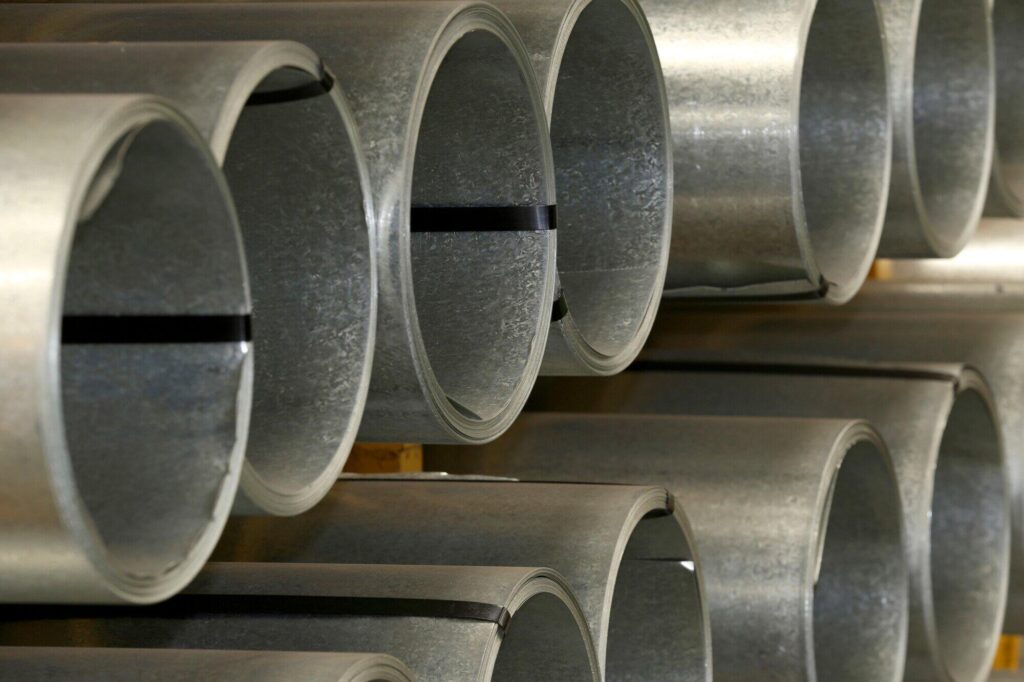Laser cutting has changed the way things are made. It makes it easier and faster to cut different materials, especially metals. This technology uses focused lasers to create clean, precise cuts, which helps businesses and designers create high-quality products.
In this guide, we will look at the important things about laser cutting metal. We’ll cover different techniques, how it’s used in various industries, and the many benefits it offers.
Whether you’re new to laser cutting or want to learn more, this guide will help you understand why it’s so important in today’s manufacturing world.
Understanding Laser Cutting
Laser cutting is a process that uses a powerful beam of light to cut through different types of materials very accurately. This laser technology directs the laser beam onto the surface of the material. This can include:
- metal
- plastic
- even wood
When the laser hits the surface, it either melts, burns, or vaporizes the material. It allows it to be cut into very detailed designs and shapes. One of the best things about laser cutting is that it produces very little waste, meaning that almost all of the material is used effectively.
This makes it not only precise but also a more efficient option for creating unique items and intricate patterns. Make sure to explore custom metal fabrication to learn more about laser cutting.
Types of Lasers Used in Metal Cutting
There are various types of lasers used for cutting metal, and each type has its special characteristics that make it suitable for different tasks. The main types of lasers used in metal cutting include:
CO2 Lasers
This type of laser is widely used in metal cutting due to its high power and ability to cut through thick materials. The wavelength of a CO2 laser is absorbed well by most metals, making it an effective choice for cutting through them.
Fiber Lasers
These types of lasers are becoming increasingly popular due to their versatility and high precision. They use fiber optics to deliver the laser beam, which allows for finer details and more intricate patterns to be cut into the metal.
YAG Lasers
This type of laser uses neodymium-doped yttrium aluminum garnet as the active medium and is commonly used for welding and engraving, but can also be used for cutting thin metals. It produces a high-powered, focused beam that can cut through thicker materials with ease.
Laser Cutting Techniques
There are several techniques employed in laser cutting, each suited for different applications:
Waterjet Cutting
While not technically a laser cutting method, waterjet cutting is another popular way to cut through metal. It uses a high-pressure stream of water mixed with an abrasive substance to erode the metal and create precise cuts.
This method is particularly useful for cutting through non-reflective materials or materials that may be damaged by heat from traditional lasers.
Plasma Cutting
Similar to waterjet cutting, plasma cutting also uses a high-powered stream – in this case, ionized gas – to cut through metal. The gas is heated to extremely high temperatures, creating a plasma state that can melt through the metal.
This method is ideal for cutting thicker materials, as it can produce clean and precise cuts at a faster rate than other methods.
However, plasma cutting does have some limitations. It may not be suitable for precision cuts or intricate designs, and the heat generated during the process can sometimes cause warping or distortion in the metal.
Electron Beam Cutting
For even more precise cutting, electron beam cutting uses a focused beam of high-energy electrons to melt through metal. This method is often used in industries that require extremely small and intricate cuts, such as microelectronics or medical devices.
One major advantage of electron beam cutting is its ability to cut through multiple layers of different metals without disturbing the underlying layers. However, this method requires specialized equipment and expertise.
Benefits of Laser Cutting Metal
Laser cutting offers numerous advantages that make it a preferred choice in manufacturing:
Precision and Accuracy
Lasers can achieve cuts with high accuracy, crucial for projects requiring tight tolerances. The focused beam allows for precise cutting, even on complex shapes and designs. This level of precision is not achievable with traditional cutting methods.
Speed
Laser cutting is a fast process compared to other methods like sawing or shearing. It can cut through material at incredibly high speeds, making it an efficient option for mass-production projects.
Clean and Smooth Cuts
The use of a laser beam results in clean and smooth cuts without any burrs or rough edges. This eliminates the need for secondary finishing processes, saving time and money.
Versatility
A laser cutter can work with different materials, making it suitable for a variety of applications beyond metals.
Efficient Material Usage
The narrow width of the laser beam minimizes kerf loss, allowing for better material usage and less waste.
Reduced Heat Affected Zone (HAZ)
Due to the focused nature of laser cutting, the heat-affected zone is minimized, reducing the risk of warping or other damage to the material.
Safety Considerations in Laser Cutting
While laser cutting is efficient, it does come with safety considerations. Proper training and safety protocols should always be implemented. Key safety measures include:
Protective Gear
Operators should wear appropriate PPE, including safety goggles and protective clothing.
Ventilation
Adequate ventilation systems must be in place to remove fumes and particulate matter generated during cutting.
Training and Procedures
Operators must be trained to understand the equipment and follow safety procedures to prevent accidents.
Explore the Ultimate Guide to Laser Cutting Metal
In conclusion, laser cutting metal is a vital technology in manufacturing that blends creativity with precision. It offers numerous benefits, including increased efficiency and accuracy, making it a popular choice for many businesses.
Understanding how laser cutting works is important for anyone interested in using this tool, whether in a small workshop or a large factory. As technology continues to advance, laser cutting will play an even larger role in shaping the future of manufacturing, helping create high-quality products with ease.
Did you find this article helpful? Check out the rest of our blogs!







